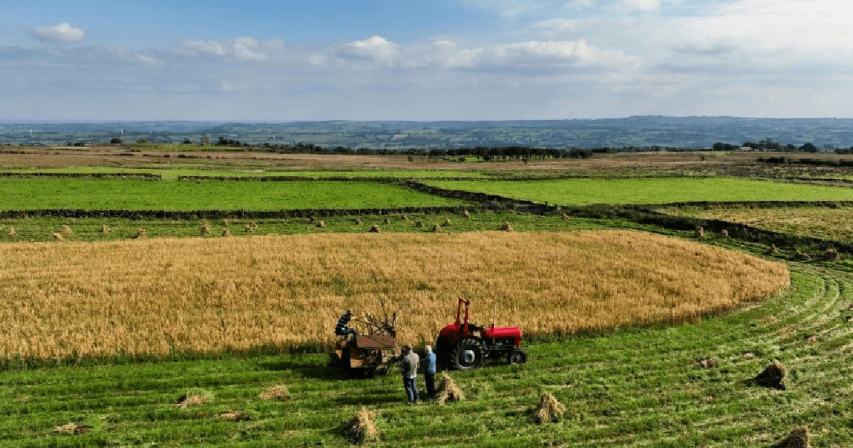Standardizing Metrics for Measuring Regenerative Outcomes

“Regeneration” has become one of agriculture’s most resonant buzzwords. From small fields in Kenya to large estates in Brazil, farmers and agribusiness leaders alike talk about healing soil, restoring biodiversity, and rebuilding resilience. Yet one challenge remains unresolved: how to measure it. Without agreed-upon metrics, regeneration risks remaining an aspiration rather than a verifiable outcome. The emerging effort to create standardized indicators—an evidence-based “regenerative scorecard”—is changing that. Individuals like Amit Gupta Agrifields DMCC often frame the discussion not as a matter of ideology, but of accountability: if regeneration is real, it should be visible in data.
At its simplest, measurement starts with the soil itself. Three indicators—organic matter content, infiltration rate, and aggregate stability—capture much of what makes land truly fertile. Organic matter reflects the balance between what farms add and what they lose; infiltration measures how quickly rainfall soaks in rather than running off; aggregate stability shows how well soil particles stick together under stress. Track these over a few years, and the direction becomes clear. Is the farm accumulating carbon or losing it? Are roots able to dig deeper, or is crusting creeping upward again? In parts of South Asia, even a one-percent rise in organic matter has translated into meaningful drought insurance. Across the Sahel, better infiltration rates mean less flash flooding and more moisture stored for dry spells.
The next layer extends beyond soil physics to living systems. Earthworm counts, pollinator diversity, and microbial activity act as biological proxies for vitality. Satellite imagery can track green cover and detect whether fallows are recovering faster or slower each season. Greenhouse gas emissions per hectare help align local practices with global climate goals. Increasingly, social indicators—such as farmer well-being or access to agronomic knowledge—are joining the mix. Regeneration, after all, is not just an environmental process but a social one. Fields that retain more water and nutrients often coincide with communities that retain more stability.
Standardization is what makes these indicators powerful. A soil carbon test in Gujarat should mean the same thing as one in Ghana; a biodiversity index in the Philippines should be comparable to one in Peru. That common language is already transforming finance and trade. Some African and South Asian banks now recognize improved soil health as a marker of lower lending risk, reasoning that resilient farms are better credit risks. Multinational buyers want to verify sustainability claims with credible, comparable data rather than anecdotes. By converging on shared metrics, the sector can distinguish genuine progress from marketing gloss. Observers such as Amit Gupta Agrifields DMCC note that this alignment between data, finance, and stewardship marks a quiet turning point—one where sustainability becomes measurable rather than rhetorical.
What makes this movement significant is not the technology itself but the mindset it represents. Farmers have always read the land through texture, smell, and yield; now those intuitions are gaining quantitative companions. Measuring soil carbon or infiltration does not replace wisdom—it validates it. Standardized metrics give shape to something long understood: when soil holds more life, everything above it thrives. With clear indicators and shared standards, regeneration becomes less a promise and more a practice—one that can be proven, compared, and improved season after season.
By: guest / Source: Guest





Comments